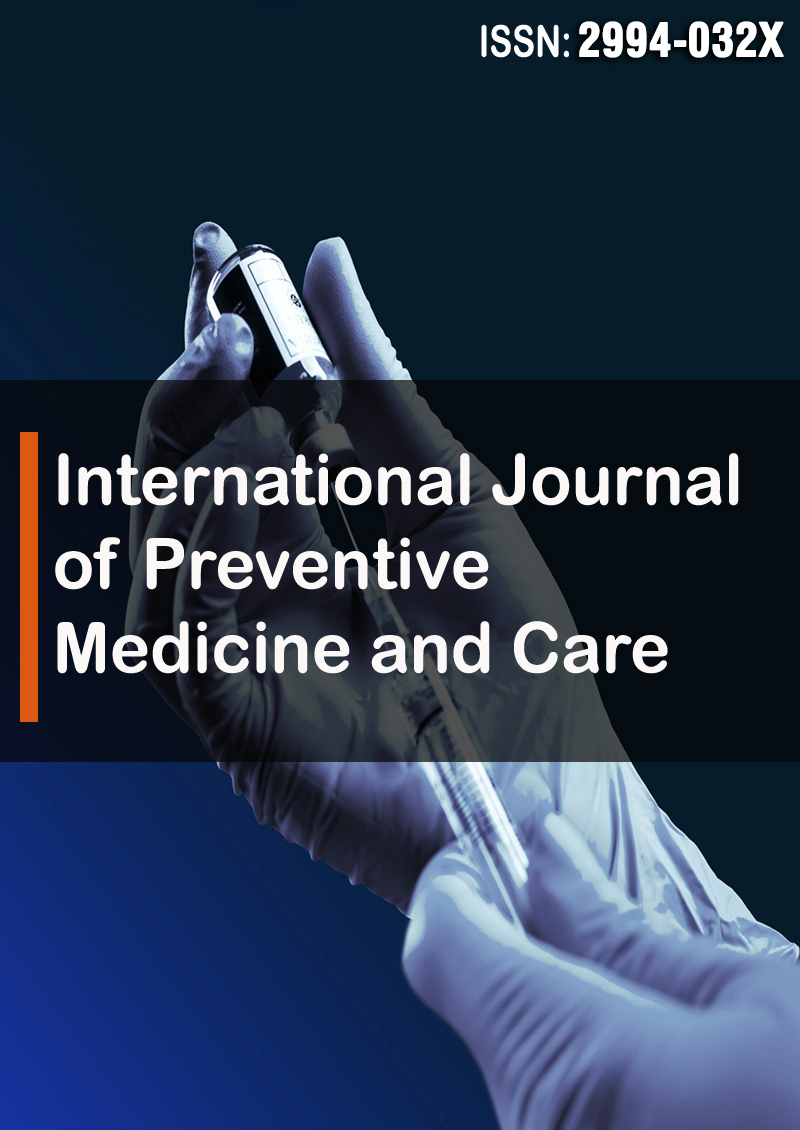Arterial Embolization as a Prominent Option in the Treatment of Hemorrhoid Diseases
Abstract
Rasit Dinc
Hemorrhoidal disease (HD) is the most common anorectal disease, affecting millions of people worldwide. The most common clinical picture is rectal bleeding, which significantly impairs the quality of life of patients. Treatment of HD varies from diet and lifestyle changes to radical surgery, depending on the degree and severity of symptoms. Endovascular embolization of superior rectal artery (SRA), known as emborrhoid technique, has recently emerged as a promising minimally invasive approach. Because hemorrhoidal plexuses are almost entirely fed through the SRA. They are also fed less by middle rectal artery (MRA) and rarely inferior rectal artery (IRA). Due to some anastomoses and unpredictable variations, vascular structures must be examined before the procedure. So far, there have been reports of studies involving a small number of patients regarding the use of coils and particles as embolization agents. Some of these used particles and coils alone, while others used a combination of particles and/or coils. The studies demonstrated similar clinical efficacy with satisfactory results, and no significant complications such as ischemic necrosis were observed. The use of liquid embolic agents such as N-butyl-cyanoacrylate (NBCA) and ethylene vinyl alcohol copolymer (EVOH) has also recently been suggested to be effective. In conclusion, the current data support the feasibility, effectiveness, and safety of rectal artery embolization for hemorrhoidal disease. However, there is no guideline or consensus in the selection of embolic materials. More randomized controlled studies are needed. This review aims to evaluate the effectiveness and feasibility of embolization applications in hemorrhoidal diseases.



